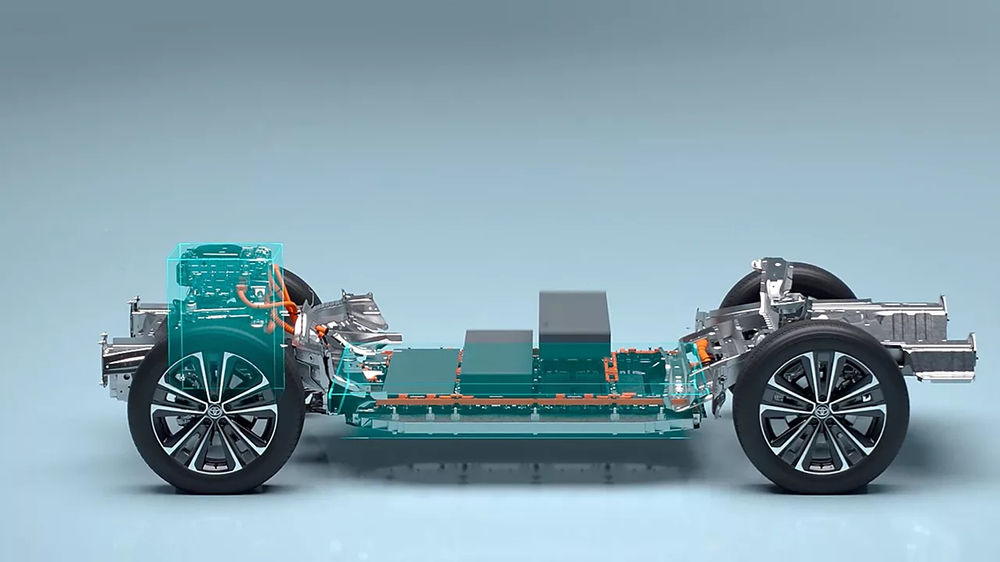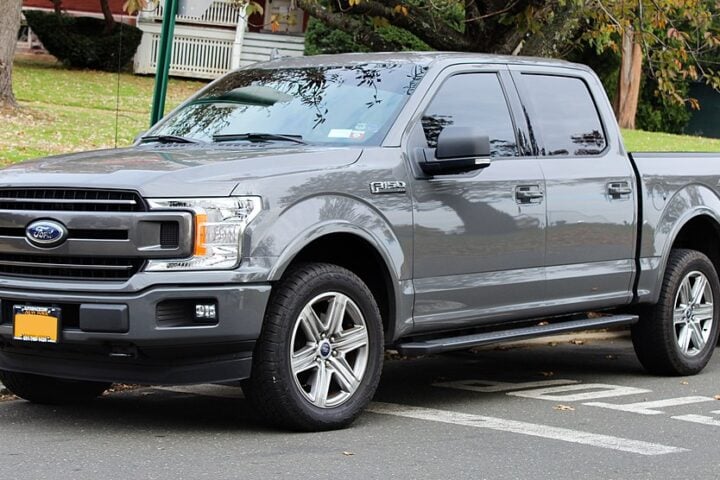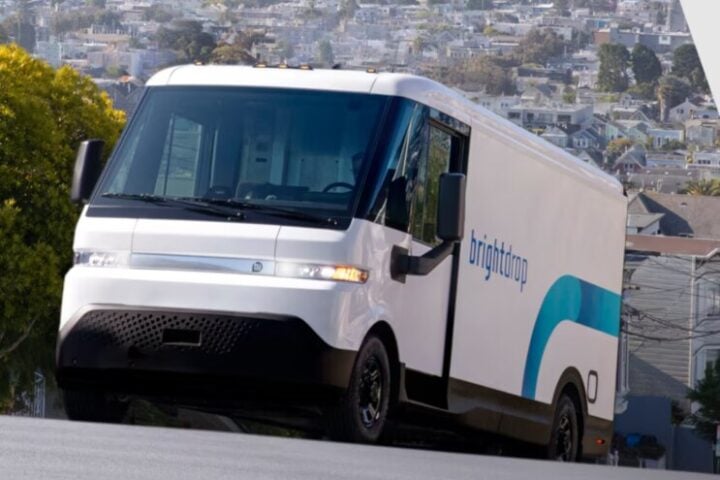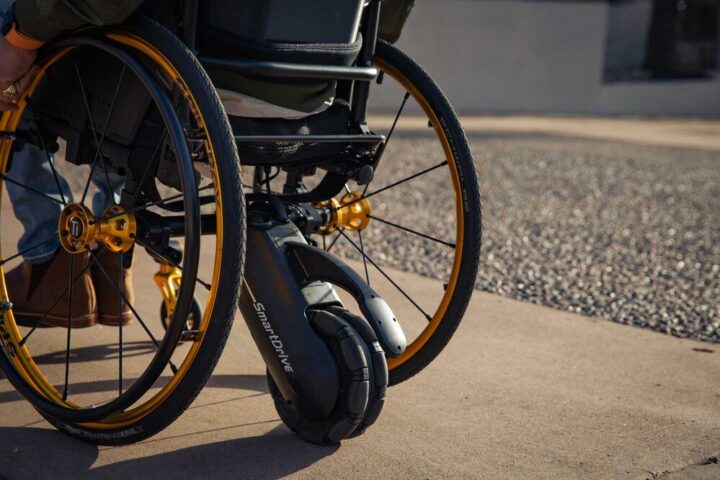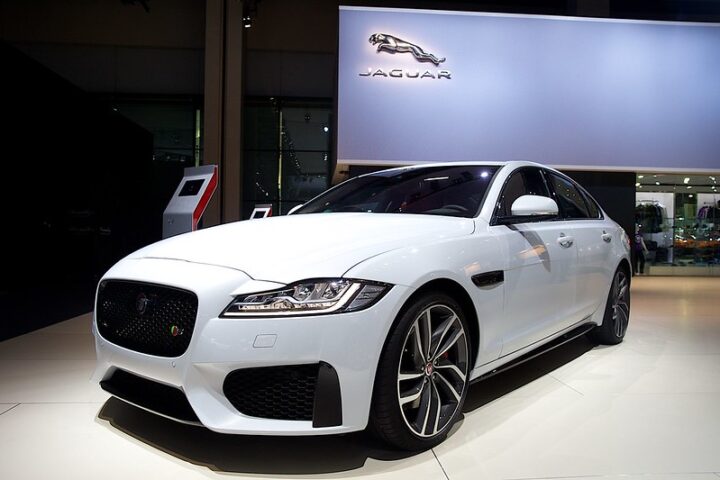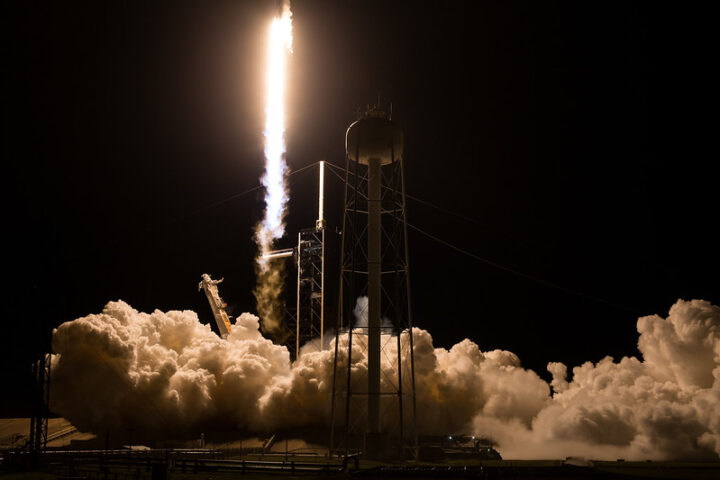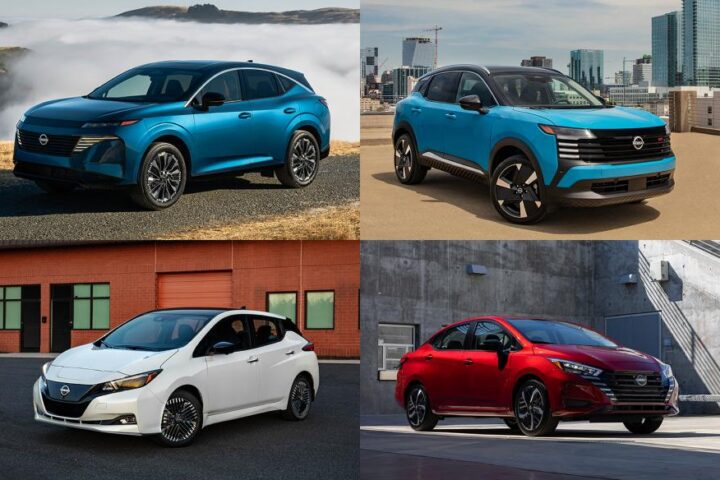In the realm of automotive advancements, Toyota’s latest endeavor stands out, not just for its technological feats, but for its commitment to environmental sustainability. The company’s Battery 3R program – Reduce, Rebuilt/Reuse, and Recycle – is a pioneering step in creating a circular economy for automotive batteries, particularly those used in Battery Electric Vehicles (BEVs). This initiative is a significant stride towards Toyota’s broader objective of achieving carbon neutrality.
Understanding the Circular Economy of Batteries
The circularity concept in the Battery 3R program addresses the complete lifecycle of automotive batteries. Initially, Toyota focuses on developing resource-efficient and durable batteries, ensuring customer satisfaction throughout the ownership period. Post-use, these batteries embark on a second life, finding applications in both automotive and non-automotive sectors. This is achieved through repackaging for specific use conditions. Ultimately, at their end-of-life stage, these batteries are recycled sustainably, minimizing CO2 emissions and maximizing material recovery for new battery production.
The Three R’s of Toyota’s Battery 3R
- Reduce: The aim here is to minimize waste generation by extending the battery life. This includes enhancing the performance of existing BEV models like the bZ4X, improving charging times in low temperatures, and optimizing power consumption.
- Rebuilt and Reuse: Toyota collaborates with companies like JERA Co., Inc. to construct large-capacity sweep energy storage systems using used electrified vehicle batteries. Additionally, with TEPCO HD, Toyota developed a stationary storage battery system, demonstrating the versatile use of these batteries beyond their initial automotive purpose.
- Recycle: The focus is on converting end-of-life batteries into recycled materials, thereby contributing to the resource cycle.
Global Impact and Collaborations
Toyota’s Battery 3R initiative is not limited to technological advancements; it’s also about fostering global partnerships. The company is implementing this program across five regions – Japan, the U.S., Europe, China, and Asia – and aims to maximize the collection and detoxification of end-of-life batteries worldwide.
Similiar Posts
Future-Forward Battery Innovations
Toyota is not resting on its laurels with current technologies. The company is invested in developing next-generation batteries, experimenting with new chemistries and physical structures. This includes improving the energy density of liquid lithium-ion batteries and adopting bipolar structures for hybrid electric vehicles (HEVs) to BEVs.
A Holistic Environmental Strategy
Battery 3R is a part of Toyota’s comprehensive environmental strategy, which starts right from the vehicle design stage. The company’s Seventh Toyota Environmental Action Plan – 2025 Target underlines these efforts, focusing on resource recycling, durability, and waste minimization.
Rebuilding and Reusing in Practice
In Japan, Toyota has been reusing nickel-metal hydride batteries from HEVs as stationary batteries since 2013 and for vehicles since 2014. This practice of repurposing batteries demonstrates the practical application of the Rebuilt and Reuse principle.
Expanding Recycling Efforts
In North America, Toyota’s collaboration with Redwood Materials emphasizes the recycling aspect of the initiative. The partnership includes battery collection and recycling and sourcing materials from Redwood’s recycling activities for new automotive battery production.
Inside the Circle
Toyota’s Battery 3R program is a testament to the company’s commitment to environmental stewardship and technological innovation. By focusing on the complete lifecycle of automotive batteries and fostering global collaborations, Toyota is not just contributing to the circular economy but is also setting a benchmark for sustainable practices in the automotive industry.
This initiative, while technologically advanced, is fundamentally about responsible stewardship of resources – a principle that resonates deeply in today’s environmentally conscious world. Toyota’s approach serves as a blueprint for other industries to emulate, showcasing how technological advancement and environmental responsibility can go hand in hand.
